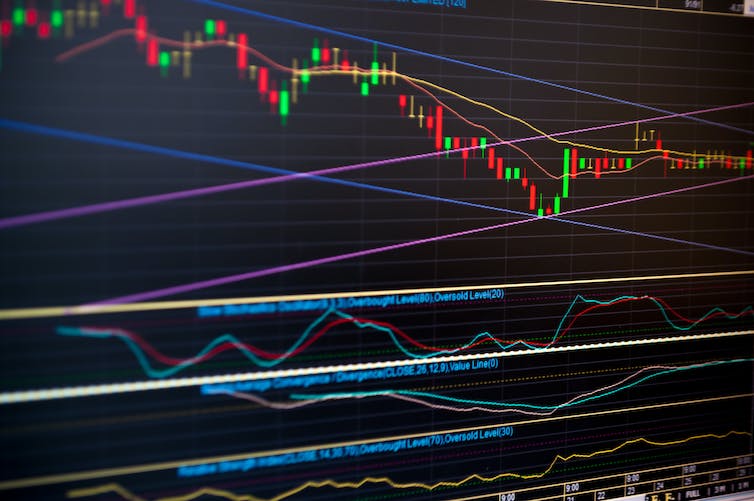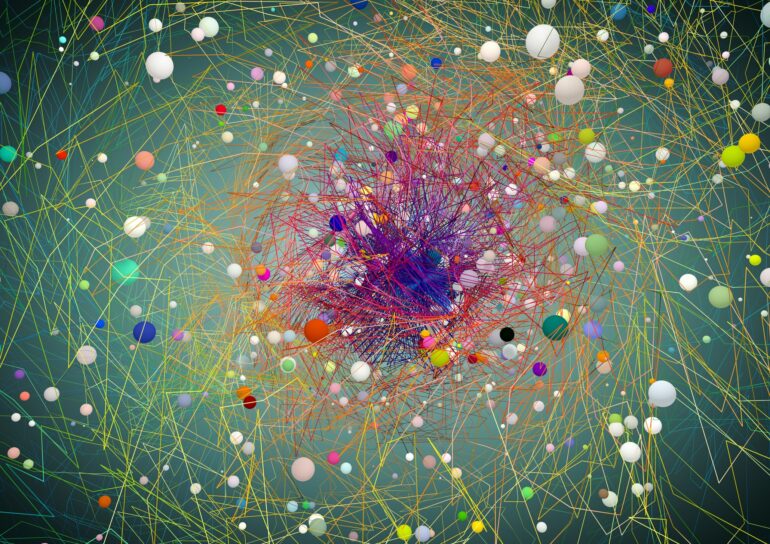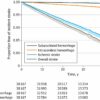Cancer is often seen as a disease that arises from genetic mutations causing cells to divide uncontrollably and invade other parts of the body. But the spread of cells away from their origins is actually a normal process in some cases. The embryo burrows into the uterus during early pregnancy. Immune cells spread from lymph nodes to sites of infection to attack the invading bacteria. And germ cells migrate to where the gonad will be during early human development.
Cancer is not a uniform disease. Rather, cancer is a disease of phenotypic plasticity, meaning tumor cells can change from one form or function to another. This includes reverting to less mature states and losing their normal function, which can result in treatment resistance, or changing their cell type altogether, which facilitates metastasis.
In addition to direct changes in your DNA in cancer, a key driver of cancer progression is where and when your DNA is activated. If your DNA contains the “words” that spell out individual genes, then epigenetics is the “grammar” of your genome, telling those genes whether they should be turned on or off in a given tissue. Even though all tissues in the body have almost exactly the same DNA sequence, they can all carry out different functions because of chemical and structural modifications that change which genes are activated and how. This “epigenome” can be influenced by environmental exposures such as diet, adding a dimension to how researchers understand drivers of health beyond the DNA code inherited from your parents.
I’m a cancer researcher, and my laboratory at Johns Hopkins University studies how the differences among normal tissues are controlled by an epigenetic code, and how this code is disrupted in cancer. In our recently published review, colleague Andre Levchenko at Yale University and I describe a new approach to understanding cancer plasticity by combining epigenetics with mathematics. Specifically, we propose how the concept of stochasticity can shed light on why cancers metastasize and become resistant to treatments.
What is stochasticity?
Stochasticity is a mathematical concept that refers to the idea that the randomness of the steps in a process affects the predictability of its outcome. Albert Einstein famously studied this concept applied to the movement of particles suspended in a liquid or gas. Researchers can apply stochasticity to study the spread, resistance and evolution of COVID-19, the behavior of the stock market and almost any game inside a casino.

Stochastics is used as an indicator in stock prices.
Saran Poroong/iStock via Getty Images Plus
A key way to measure the stochasticity of a process is entropy, which quantifies the degree of uncertainty in an outcome. For example, a fair coin toss has an entropy of one, or low information, because there is no way to predict whether the coin toss will be heads or tails. But a weighted coin toss has an…

